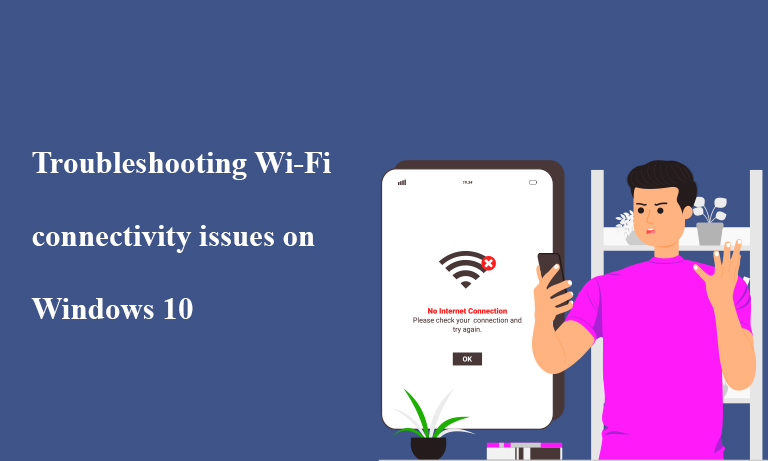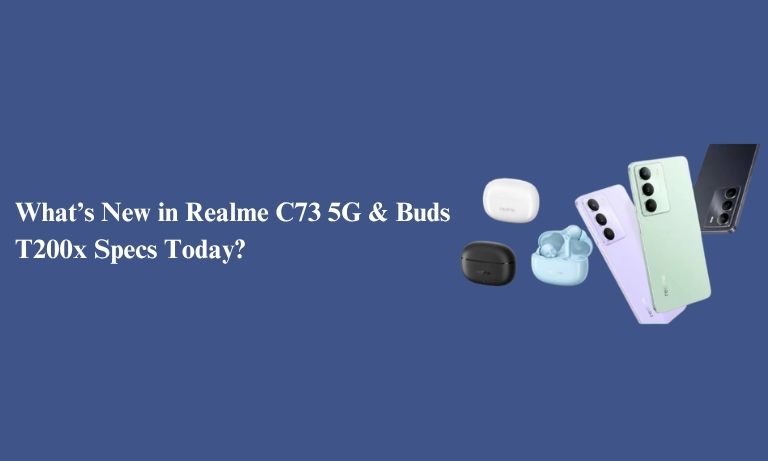
Introduction
Is your Windows 10 laptop not able to connect to Wi-Fi? Whether you’re facing Fix Wi-Fi Issues on Windows 10, your Wi-Fi network isn’t appearing, your laptop won’t connect to Wi-Fi while other devices do, or there’s only an Ethernet option, these can be really frustrating issues.
In this guide, we’ll provide you with step by step solutions to fix the most common Windows 10 Wi-Fi connectivity problems.
Check Basic Wi-Fi Connections
Run through the basics before starting complex troubleshooting:
-
Restart your router and your laptop to reset connections.
Click the Wi-Fi icon in the taskbar to make sure that Wi-Fi is enabled.
If the other devices are connecting, but your laptop isn’t, multiplayer with another connection to identify whether the problem lies in your Wi-Fi.
However, you should note that:
It is also possible that your Wi-Fi adapter is disabled if Windows 10 displays only the Ethernet option and does not display Wi-Fi (this can also happen if you are using a laptop, as unlike desktop computers, best laptops have Wi-Fi adapters).
How to Enable Wi-Fi Adapter:
-
Press Win + X and click on Device Manager.
-
Expand the Network Adapters list, and find your Wi-Fi adapter.
-
If it’s disabled, right-click and choose Enable Device.
-
If you don’t see the adapter, reinstalling the Wi-Fi driver (described below) might do the trick.
Look for Hidden or Hidden Networks
Solution 1: Remove the Old Wi-Fi Network and try to Connect Again If Wi-Fi Network Not Showing Up on Windows 10
-
Turn Airplane Mode ON then OFF.
-
Click on the Wi-Fi icon in the taskbar and refresh available networks.
-
Try manually connecting:
-
Step through Settings > Network & Internet > Wi-Fi.
-
Click Manage Known Networks, then Add a New Network.
-
Input a Wi-Fi name (SSID) and password.
Windows 10 — Reset Network Settings
It will resolve most network problems, but if you’re still stuck, you can reset your network settings.
Resetting network settings: Here’s how:
-
Navigate to Settings > Network & Internet > Status.
-
Scroll down, and select Network Reset.
-
Reboot your laptop and reconnect to Wi-Fi.
Doing so removes all your saved Wi-Fi networks and resets the settings for your adapter.
How to Fix Wi-Fi Connected no Internet Issue
How to Fix If Your Laptop Is Connected to Wi-Fi but No Internet.
Step 1: Restart the Router
- Power down the router, wait half a minute, then power it up again.
Type: netsh winsock reset Then press Enter.
- Run Command Prompt as admin
- Paste and execute each command given below in the terminal:
-
perlCopyEdit
ipconfig /flushdns netsh int ip reset netsh winsock reset
Restart your computer.
If you still have the same issue, connect another device to this network to check if it’s your ISP who is the problem.
Update Or Reinstall The Wi-Fi Drivers
Connection issues may also occur due to an outdated or corrupted Wi-Fi driver.
How to Update the Wi-Fi Driver:
- Open Device Manager.
- I do similar with Network AdaptersExpand Network Adapters and resume locate your Wi-Fi adapter.
- Right-click it and choose Update Driver.
- Select Search automatically for drivers.
Reinstall Wi-Fi Driver:
- First, go to Device Manager and right-click your Wi-Fi adapter, and select Uninstall Device.
- Reboot your laptop, and Windows will automatically reinstall the driver.
Download the most recent Wi-Fi driver for Windows 10 from your laptop maker if necessary.
How to Fix ‘Can’t Connect to This Network’ Message on Windows 10 / 11
If you are facing the “Can’t connect to this network” error, then follow the procedure given below:
- Tap the Wi-Fi network, select Forget, and reconnect.
- Run the Windows Network Troubleshooter:
- Navigate to Settings > Update & Security > Troubleshoot.
- Select Internet Connections > Run the Troubleshooter.
Disable temporarily the security software and try to reconnect.
Why Is My Laptop Not Connecting to Wi-Fi?
If you are asking yourself, “why my laptop is not connecting to wi-fi on Windows 10” it may be on account of:
-
Hardware issues – Check that your Wi-Fi adapter is working correctly.
-
Wrong Configuration – Change network settings if required.
-
Driver issues – You can update or reinstall the Wi-Fi driver.
-
ISP problems – Get in touch with your internet service provider if you still experience trouble.
Conclusion
Windows 10 Wi-Fi issues can be annoying, but you should be able to resolve most connection problems with these troubleshooting steps. In case of continuing problems try using an external USB Wi-Fi adapter or contact technical support.


